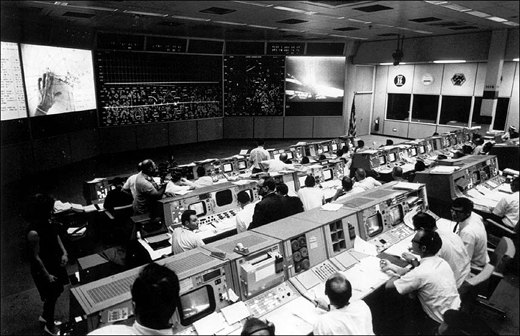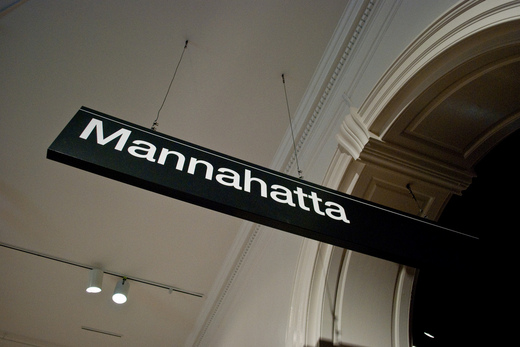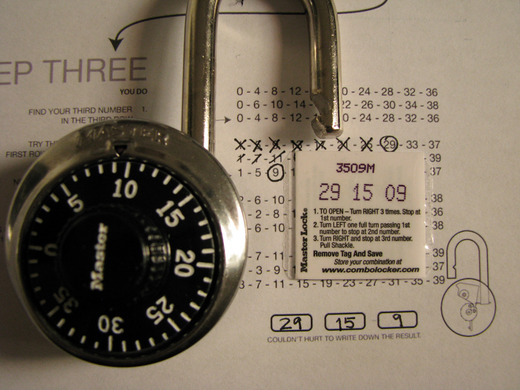 I've been blogging of late over at Elucidata, on the Scienceline site. Most recently, I'm complaining about inflation. Again.
I've been blogging of late over at Elucidata, on the Scienceline site. Most recently, I'm complaining about inflation. Again. Recently in Infographics Examples Category
 I've been blogging of late over at Elucidata, on the Scienceline site. Most recently, I'm complaining about inflation. Again.
I've been blogging of late over at Elucidata, on the Scienceline site. Most recently, I'm complaining about inflation. Again. It may not be data visualization exactly, but it is visual, and it is cool. It’s footage of the Apollo 11 launch at 500 frames per second — twenty times the normal video frame rate. Pretty glorious.
Apollo 11 Saturn V Launch (HD) Camera E-8 from Mark Gray on Vimeo.
Occasionally I remember just how crazy it is that we sent humans to the moon. In 1969. With hard-wired, analog technology. Makes telling interactive stories on the iPad seem like a lark.

Rethink Scholarship at Langara 2010 Call for Entries from Rory O'Sullivan and Simon Bruyn on Vimeo.
Josh and I have been contemplating doing some real-life data visualization (with legos!) and capturing it on video. Stay tuned.
Union Square Numbers from Katie Peek on Vimeo.
 [Credit: petit hibout, Flickr.com]
[Credit: petit hibout, Flickr.com] [Credit: Sharon Hahn Darlin, Flickr.com]
[Credit: Sharon Hahn Darlin, Flickr.com]Cracking the Master Lock from Katie Peek on Vimeo.





